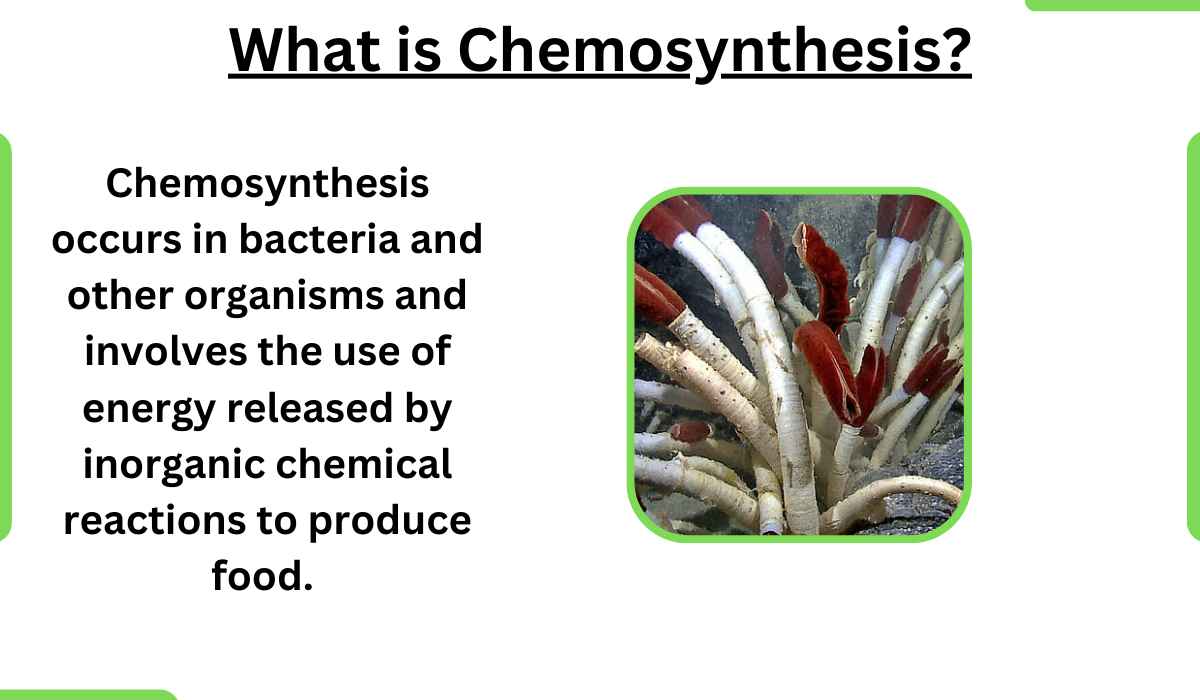Insectivorous Plants-Nutrition In Insectivorous Plants
In general, plants absorb nitrogen and phosphorus from the soil through their roots. However, there is a special type of plant known as an insectivorous plant that absorbs these same nutrients from the animals it preys upon – and it does so through its specially modified leaves which act as traps. So essentially, these plants trap animals to absorb their nutrients.
Reason For Becoming Insectivorous:
All carnivorous plants can create their own food. However, when they consume prey, they grow much more quickly. The animal’s body is full of nitrogen which helps these plants. Some plants have bacteria that decompose the caught insects while other plants have enzymes in their leaves. These enzymes break down the captured insects and release nitrogen compounds. The plant then takes these nitrogen compounds in.
Nutrition In Insectivorous Plants:
A few plants supplement their inorganic food with wings’ organic compounds. These organic compounds are obtained by trapping and digesting insects and small animals. They use the Heterotrophic mode of nutrition.
Heterotrophic nutrition is the primary mode of nutrition for parasites, saprophytes, and insectivores. Carnivorous plants are a type of heterotrophic plant that get their nutrients from animals like insects or arthropods. These plants can be found in several different environments and play an important role in the food chain.
Examples Of Nutrition In Insectivorous Plants
Here are some examples of insectivorous plants, and how do they work:
1. Pitcher Plant: (Sarracenia pupurea)
a) Its leaves are modified into a sac or a pitcher This pitcher is partly filled with water
b) The end of the leaf is modified to form a hood (cap). The hood partly covers the open mouth of the pitcher.
c) Small insects fall into the pitcher Numerous stiff hairs are present at the opening of the mouth. These hairs prevent the insect from climbing out.
d) The bacteria or enzymes decompose the protein of the trapped insect. The decayed compounds are absorbed in the inner surface of the pitcher leaf.
Venus-fly trap:
a) The leaves of venus fly trap are bilobed with midrib between them. There is a row of long stiff bristles along the margin of each lobe.
b) When an insect touches a small sensitive hair on the surface of the leaf, the lobes quickly come together. Their bristles interlock the lobes.
c) The glands on the leaf surface secrete enzymes. These enzymes digest the insects. Their products are absorbed by the leaf.
3. Sundew:
a) The tiny leaves of sundew contain numerous hairs like tentacles. Each tentacle has a gland at its tip.
b) The odor of the plant attracts the insects. The insect is entangled in the tentacles.
c) The plant secretes protein-digesting enzymes. These enzymes break the protein and the plant absorbs the broken products.





Leave a Reply